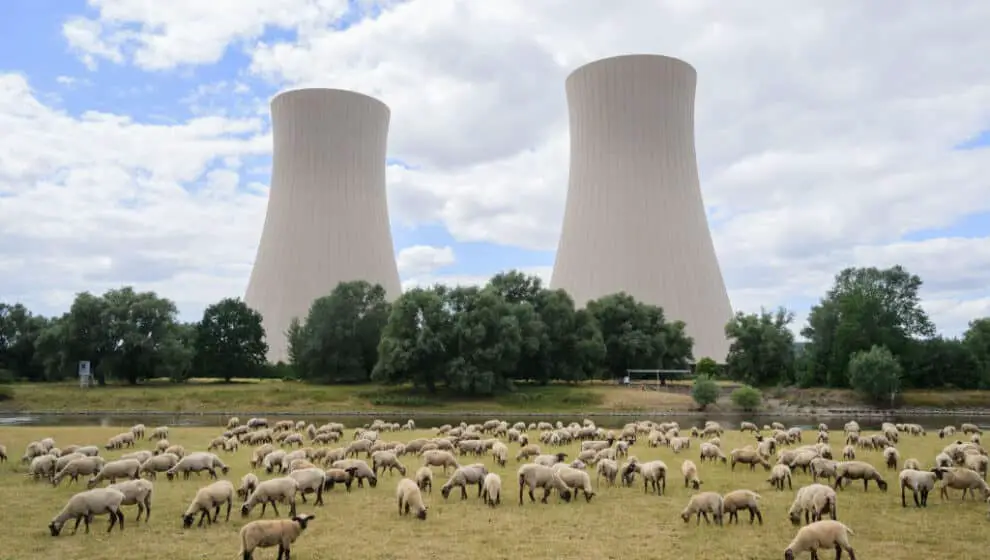The upcoming Inflation Reduction Act will help extend the lifespan of the nuclear industry.
Key details
The bill awaiting the signature of President Joe Biden will provide $30 billion in tax credits to existing nuclear power plants in the United States. The credit provides $15 per megawatt-hour (MWh) from 2024 to 2032. American reactors produced 778,152 MWh in 2021.
The U.S. Senate approved the bill last week, and the U.S. House of Representatives voted for it on Friday. President Biden is expected to sign the $430-billion bill into law this week. In addition to the credits for nuclear power, it provides $369 billion for climate and clean energy provisions in an effort to decrease carbon emissions 40% by 2030.
Why it’s important
Energy Secretary Jennifer Granholm believes nuclear power is the best way to help the country achieve its goal of 100% clean energy production by 2035. The tax credit will help extend the operating lifespans of existing sites.
“Nuclear has to be part of the array of clean energy technologies, zero-carbon emitting baseload power,” Granholm told CNN.
The tax credit is set to help extend the lifespan of existing reactors as green energy solutions are implemented in the coming decades. Offsetting fossil fuel emissions for the next five to 10 years or more will be necessary for the transition.
Backing up a bit
There are 93 commercially operating nuclear reactors in the U.S., which provide 20% of the nation’s total electricity generation. A majority of these plants are more than 40 years old and reaching the end of their normal operational lifespans and license periods. Plants can operate well beyond this if they are maintained, according to Barron’s.
Nuclear power is one of the cleanest and safest forms of energy, according to the World Nuclear Association (WNA). It leaves a negligible carbon footprint and offsets power produced by fossil fuels. “There are also significant health and environmental effects arising from fossil fuel use. Contrary to popular belief, nuclear power saves lives by displacing fossil fuel from the electricity mix,” says the WNA.
Critics of nuclear power note safety risks and nuclear runoff as major concerns. The disasters at Fukushima and Chernobyl demonstrated the life-threatening dangers from accidents and meltdowns, they say.
Activist groups like Green America encourage diverting the costs to more environmentally safe power sources like wind and solar.
Nuclear development in the United States has slowed in the past fifty years due to economic reasons. The costs of operating or building new reactors have stalled further construction. “Tightening safety regulations were responsible for some of the cost increase, but declining labor productivity also played a significant role. Cost overruns continue to be left out of nuclear industry projections and overlooked in the design process in the United States,” writes Nancy Stauffer of the Massachusetts Institute of Technology.
There has only been one new reactor to enter commercial operation since 1996. Two reactors are currently under construction in Georgia, at a cost of $30 billion.

